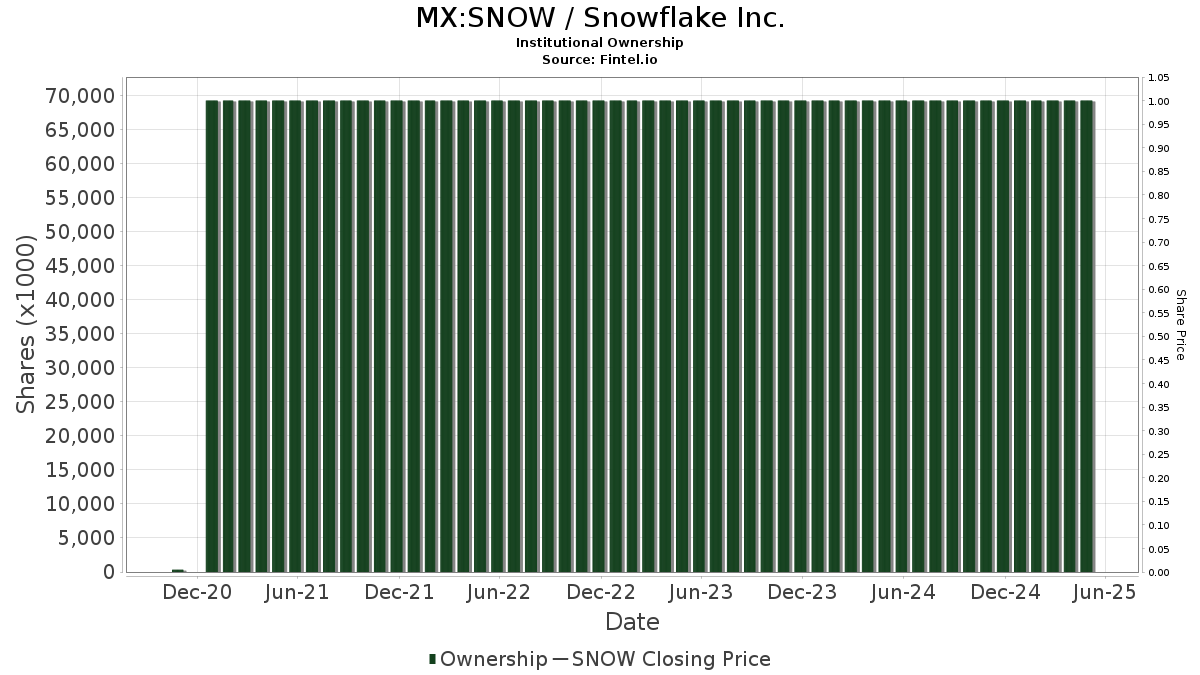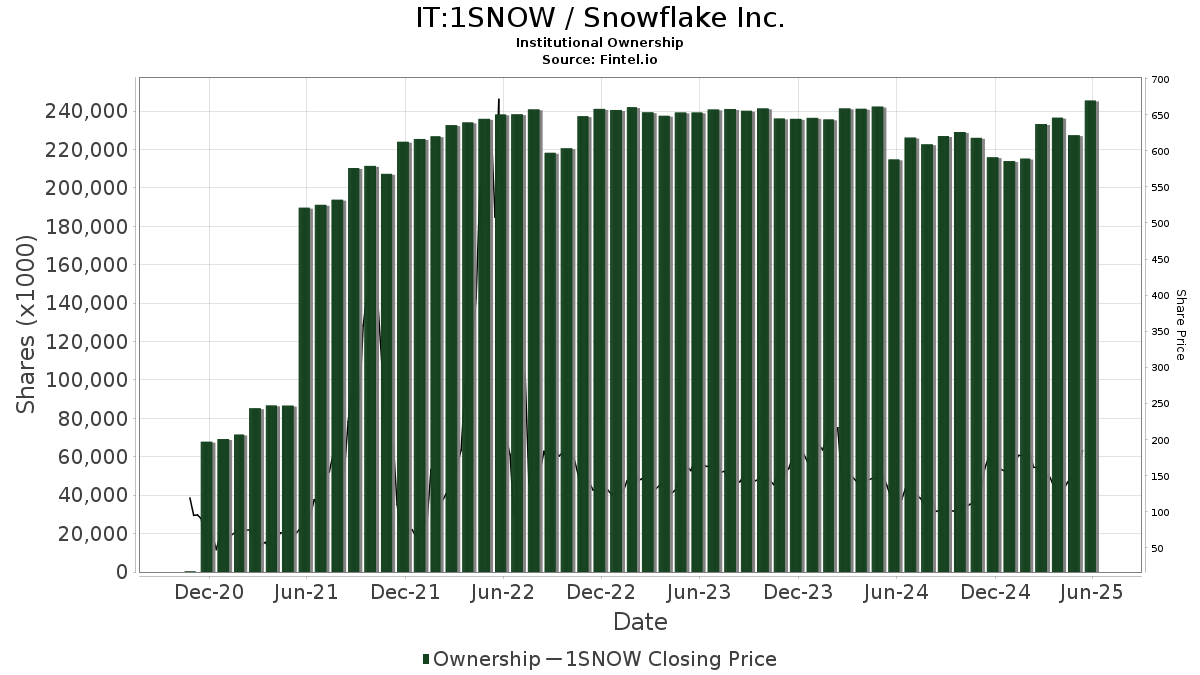Draganfly Delivers Flex FPV Drone Systems to Major U.S. Contractor
Overview
Draganfly Inc. has delivered its Flex FPV (First Person View) drone systems to a significant U.S. military contractor, enhancing operations for allied forces. The modular design allows for quick modifications in arm and propeller sizes, catering to varied mission requirements, such as reconnaissance and tactical payload delivery. The drone can reach speeds over 149 kilometers per hour and carry payloads up to 10 lbs, making it suited for high-intensity environments. Cameron Chell, President and CEO, noted that the system evolved from support operations in Ukraine and was rigorously tested with defense partners. Officially launched in 2024, the Flex FPV has gained approval from military and public safety entities. As demand for adaptable drone solutions grows, Draganfly is committed to delivering U.S.-developed UAS platforms.
Potential Positives
- Delivery of the Flex FPV systems indicates strong demand and trust in Draganfly’s technology within the defense market.
- The system’s modular design allows for rapid adaptability, demonstrating innovation and responsiveness.
- This delivery marks a significant achievement for Draganfly and highlights its dedication to supporting frontline operations.
Potential Negatives
- The press release contains forward-looking statements, introducing uncertainty about future results and fulfillment of promises, which may lessen investor confidence.
- Market conditions and competition present risks that could affect Draganfly’s performance in the defense sector.
- References to involvement in conflict zones may lead to public relations challenges for the company.
Frequently Asked Questions
What is the Flex FPV system by Draganfly?
The Flex FPV system is designed for multiple military missions, including reconnaissance and tactical payload delivery.
Who are the primary users of the Flex FPV system?
Allied military forces, primarily through major U.S. military contracts, are the main users.
What are the capabilities of the Flex FPV system?
The drone achieves speeds over 149 km/h, supports payloads up to 10 lbs, and adapts to various missions.
When was the Flex FPV officially launched?
The Flex FPV was launched in 2024 and has since been tested by various defense users.
How does Draganfly ensure the quality of its drone systems?
Draganfly conducts extensive testing in partnership with defense entities to ensure reliability.
Disclaimer: This summary is based on a press release from GlobeNewswire and may contain inaccuracies.
$DPRO Hedge Fund Activity
No institutional investors have added or decreased positions in $DPRO during the most recent quarter.
Full Release
Tampa, Florida, June 03, 2025 (GLOBE NEWSWIRE) —
Draganfly Inc. (NASDAQ: DPRO) announced the delivery of Flex FPV systems to a major U.S. military contractor supporting allied land operations.
The Flex FPV features a modular architecture enabling seamless transitions between various arm and propeller sizes in seconds, catering to diverse mission profiles from reconnaissance to tactical payload delivery. It can operate at speeds exceeding 149 kilometers per hour and carry up to 10 lbs of payload.
“This delivery is a significant milestone for the Flex FPV platform,” stated Cameron Chell. “It is a product of our work in Ukraine, refined through rigorous testing.”
The Flex FPV was officially launched in 2024 and is now deployed by various militaries and users across different applications. This order includes core units and modular components tailored to the end user’s needs.
Draganfly continues to witness rising demand across the defense sector as organizations seek reliable North American-developed UAS platforms.
Media Contact:
Erika Racicot
Email: [email protected]
Company Contact:
Email: [email protected]
# Company Warns of Risks in Forward-Looking Statements
Forward-looking statements made by the Company rely on forecasts and assumptions about future results and conditions. These statements may reflect estimates that are subject to substantial uncertainties, some of which are beyond the Company’s control.
Included in these statements is the performance of the Flex FPV system across various mission profiles, such as reconnaissance, training, and tactical payload delivery. However, these predictions are influenced by identifiable risks including public health crises like the COVID-19 pandemic, the integration of new technologies, and market uncertainties.
Additional factors that could alter outcomes include financing availability, unexpected expenses, currency fluctuations, regulatory restrictions, and the retention of key employees. Detailed risk factors can be found in the Company’s latest filings on the SEDAR website at www.sedar.com and the SEC’s EDGAR database at www.sec.gov.
The Company does not commit to updating forward-looking information unless required by law. Readers are reminded that actual results may significantly differ from forecasts and are advised against placing undue reliance on these statements.
This article was originally published on Quiver News, read the full story.
The views expressed herein are those of the author and do not necessarily reflect those of Nasdaq, Inc.




